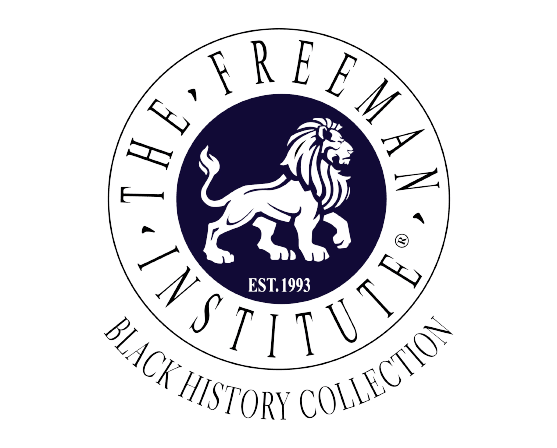
Thomas Clarkson

Autographed Letter (dated November 23, 1840), written and signed by ‘Thomas Clarkson’ -- to ‘My dear friend’, informing him that “I have received the Manuscript safe”, asking him to correct the work and send it to the Press, concluding that “I consider that I cannot judge so well of my own writings as others”. 1 page 9 x 7 inches, folds, light creasing, occasional very light stains, generally in good condition. Playford, 23 November 1840. A fine letter by the veteran campaigner, Thomas Clarkson (1760-1846), a tireless anti-slavery abolitionist, friend of William Wilberforce, and philanthropist. “I think in about 5 days I shall send you more Copy, which will be the last except about a sheet and a half. I entreat you to look over the Copy, which is next coming to you, with as searching an Eye as the last, and that you will favour me with your Remarks.”
-- In 1841 Clarkson’s published work was ‘A Letter to the Clergy of Various Denominations and to the Slaveholding Planters in the Southern Parts of the United States of America’. The letter mentioned above is probably about the manuscript pages for Clarkson's book.
-- BACKGROUND: Thomas Clarkson was among the foremost British campaigners against both slavery and the slave trade. He was born in Wisbech, Cambridgeshire, on 28 March 1760 and educated at the grammar school there where his father, the Rev. John Clarkson, was headmaster. In May 1787, Clarkson was one of the twelve men who formed the Committee for Abolition of the African Slave Trade. Clarkson took on the role of fact-finder, and for the next two years rode around the country gathering evidence against the trade. In some places, notably the major slave-trading ports of Bristol and Liverpool, this was a dangerous activity, not least because Clarkson tried openly to gather support for the abolition campaign. On his periodic returns to London, Clarkson passed his evidence to the Abolition Committee, who arranged for the campaign to be taken to parliament where William Wilberforce was leading the effort to outlaw the trade. In February 1788, a committee of the privy council started to take evidence on 'the present state of the African trade'. While Wilberforce steered the campaign through parliament, Clarkson continued to produce new evidence, evidence which Wilberforce put to good use in his famous speech of 12 May 1789. The abolition campaign lay dormant until the early years of the nineteenth century. In 1803, Clarkson returned to the committee and, in the following year, its efforts were renewed with a new campaign. Clarkson once again toured the country gathering evidence while Wilberforce again introduced the Abolition Bill before parliament. The Bill fell in 1804 and 1805, but gave the abolitionists an opportunity to sound out support. A public campaign once again promoted the cause, and the new Whig government was in favor as well. In January 1807, the Abolition Bill was again introduced, this time attracting very considerable support, and, on 23 February 1807, parliament voted overwhelmingly in favor of abolition of the slave trade. Clarkson was celebrated as a national figure and a model of philanthropy. In 1808, on the crest of this wave, he wrote the comprehensive History of the Rise, Progress and Accomplishment of the Abolition of the African Slave Trade. This book provides the historian with much of the detail of the abolition campaign, and is an important record of the movement. However, some felt that Clarkson overplayed his own contribution (he had, after all, been absent between 1794 and 1803). Modern historians have also noted the rather self-congratulatory tone of the work, which did much to foster the myth of virtuous philanthropy of the anti-slavery 'saints'. Nonetheless, Clarkson's dedication to the cause is undoubted. With the abolition of the slave trade, public interest in the issue waned temporarily. Clarkson remained committed, not only to abolition of the trade around the world, but to the complete emancipation of the slaves in British colonies. He remained active on both fronts, including traveling to France in 1818 to press the Czar of Russia, Alexander I, to suppress the slave trade. In 1823, the Anti-Slavery Society was formed to press for emancipation. Clarkson and Wilberforce were vice-presidents, His health, however, was not good and so he was unable to participate fully in the early 1830s, when the Emancipation Bill was finally passed. Indeed, he was almost blind from cataracts, but these were cured after a successful (if dangerous) operation in 1836. This cure allowed him once more to read and write with ease. Clarkson continued to write anti-slavery pamphlets into the 1840s, despite having retired to Playford Hall, an Elizabethan manor in Suffolk, after his last appearance at the Anti-Slavery Society in 1840. He died on 26 September 1846, at the age of 86, and is buried in Playford church.
Send a Message
Contact Us
Office location
Gambrills, MarylandGive us a call
(410) 991-9718Send us an email
[email protected]Other website
freemaninstitute.com/Collectmain.htm